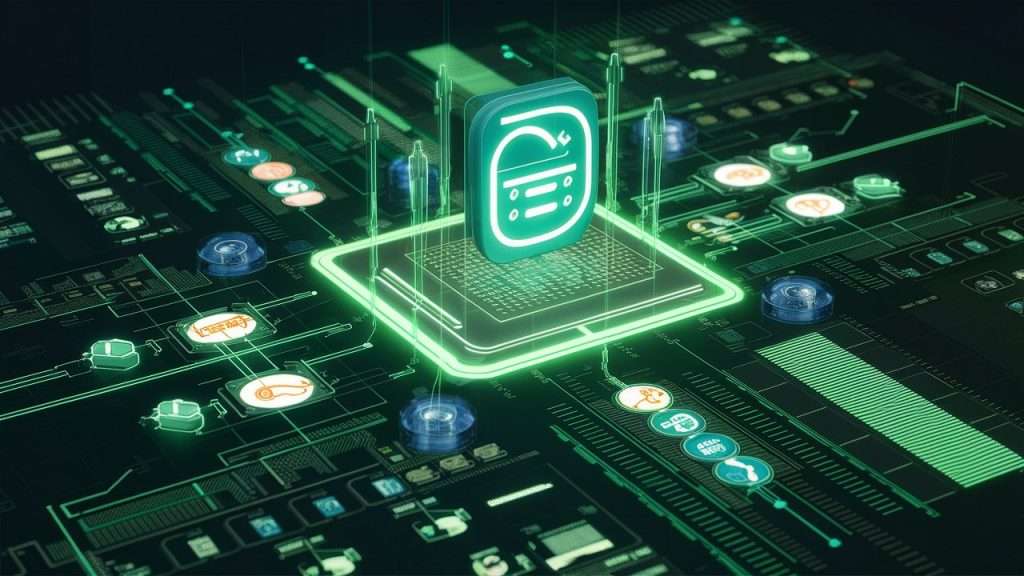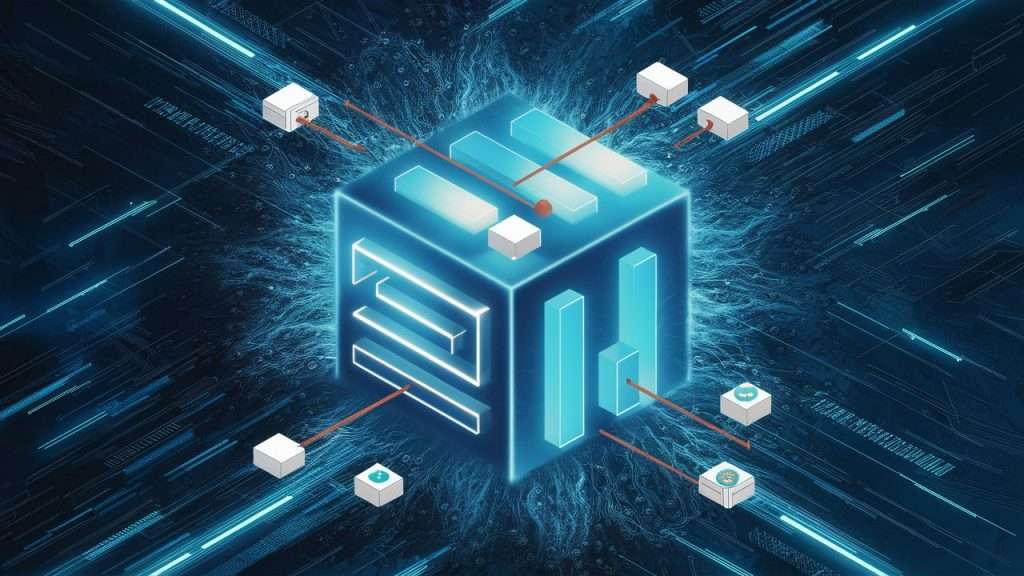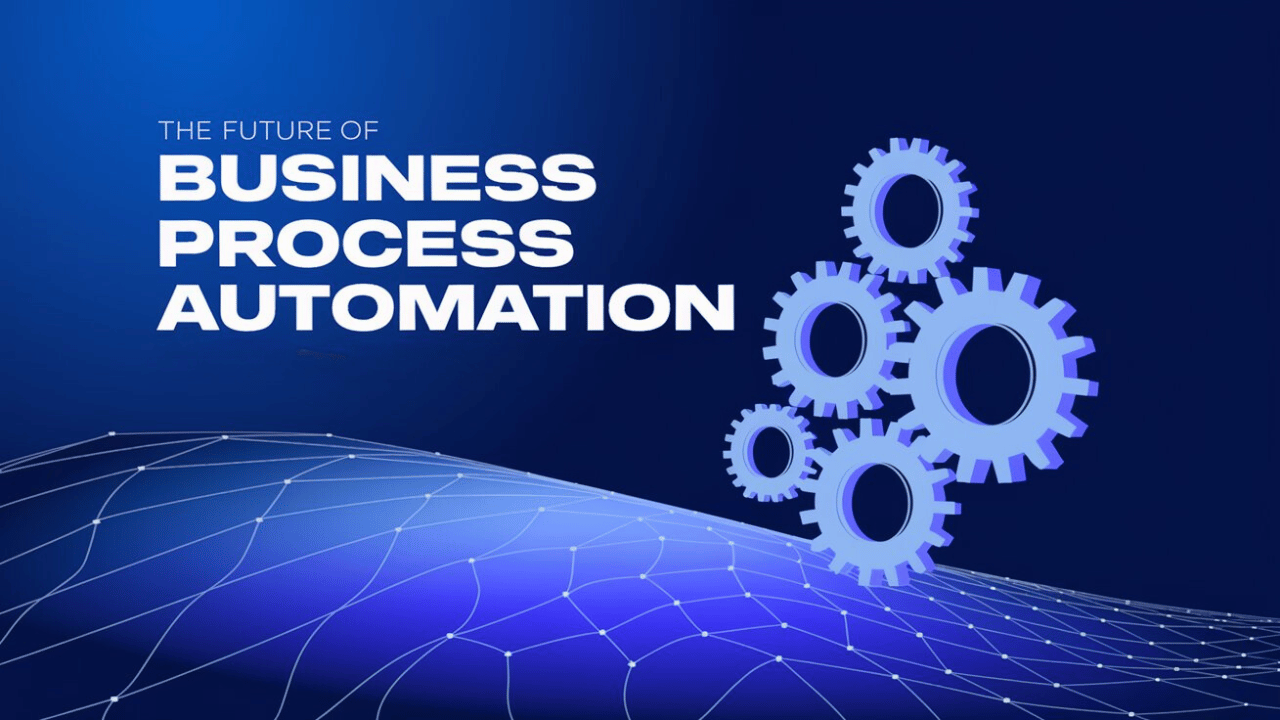Business process automation (BPA) has been emerging as a technology solution and is changing as technology is growing in the future. Automation is no longer an idea of eradicating all small tasks that can be done by a machine—it has emerged as the foundation of efficiency, innovation and competitiveness. That is why it is possible to propose the following steps a company can follow to incorporate AI and machine learning as well as other innovative technologies: Thus, this present article will analyze what business process automation may look like in the subsequent years and What is The Future of Business Process Automation.
Intelligent Automation and AI Integration

In the Future of Business Process Automation, Integrating AI with business process automation is the latest stream of capabilities that go by the name of intelligent automation. This evolution is making automation not only stronger, but also more variable and initiative-taking.
AI-Driven Decision Making
AI is taking the core position in BPA sophistication since it empowers systems to make decisions in real mode. AI algorithms can actually work on data and learn patterns that can enable them to make constructive decisions autonomously as opposed to following prior set norms robots and other technologies increase efficiency because they are programmed to follow procedures that have been developed to produce efficient results.
This means that, in the future, especially by the year 2025, organizations are likely to witness automation tools that assist in decision making, explain potential risks and suggest the necessary improvement in processes. The execution of business functions based on data will enhance flexibility and effectiveness of business processes.
Chatbots And Other Applications Of Conversational AI
Chatbots and other voice interfaces are already part of many conversation businesses have with customers. These solutions enhance performance and customer satisfaction by providing automated answers to customer service inquiries, internal HR or IT support ticket. The future can also be expected to come to defined by much smarter bots that are able to appreciate context, the mood of the users and other issues of that nature. This will relieve human workers for the meaningful tasks and at the same time make customers and employees respond to their messages faster.
Machine learning for Predictive Automation
They shared that machine learning (ML) is used to leverage automation to another level, that of systems prediction and subsequently, preventive actions. For instance, in supply chain management WHETHER we can predict and manage the demand variability within the procurement procedure. Most organizations will benefit from the ability to tackle potential problems before they turn into problems, cut on the times that they lose production, and increase productivity.
Hyperautomation: Reducing Operational Flows

From The Future of Business Process Automation, Hyperautomation is currently one of the largest trends in BPA, as it seeks to minimize the use of humans in business applications and maximize automation of even complete processes. In hyperautomation, several technologies are used to extend existing RPA at an operational level, which has not been seen before.
Combining RPA with AI and ML
RPA has been a key component of BPA; however, some drawbacks of RPA have led the business to improve on strong solutions. While RPA has been used singularly, the integration of AI and machine learning results in a much broader process called hyperautomation, which automates decision-based processes. This approach enables business organisations adapt areas that were hitherto complex or could not be spelt out with precision by the conventional automation thereby creating end-to-end solutions that are intelligent and more capable of handling exceptions.
Digital Twins for Process Simulation
A digital twin is an imitation of a process in a physical context that can help an organisation analyse its systems. Digital twins of business work allow for analyzing various situations and breaking down potential work processes into their constituent parts to find the most efficient solution. Hyperautomation supported by digital twins will give organizations even greater control over current processes through more accurate data-driven insights into organizational operations leading to better automation and overall process upgrades.
Workflow Orchestration
Hyperautomation also embraces workflow orchestration which is the art of linking different automated tasks within various systems across the organization departments. Lacking work force standardization, WFA offers an improved visibility of the entire course of action giving assurances that a variety of distinct automated procedures and tasks reciprocal. In the future, this will lead to greater alignment between departments, improved communication, and a more holistic approach to process optimization.
Low-Code and No-Code Automation Platforms

In Future of Business Process Automation, Since automation is gaining importance in determining corporate success more than ever before, the demand for user-friendly tools to automate work with little or no coding is growing higher. Originally, this need was met indirectly, but users can now use low-code and no-code platforms that enable them to create efficient automated workflows without the need for significant programming experience.
Democratizing Automation
However, there is a growing trend in low code and no code automation tools so that business users excluding IT can implement automations. Many of the tools’ interfaces are as basic as drag and drop; it enables the marketers, salespeople, and finance personnel to automate their tasks without involving IT employees. This increased accessibility enables organizations to promptly apply the automation solutions precisely at where the requirement occurs while at the same time encouraging the organizations’ innovative and efficient atmosphere among all departments.
Faster Development Cycles
The first advantage of low-code and no-code platforms is that it cuts the amount of time needed to create applications significantly. Compared to other traditional automation projects, these platforms shorten planning, coding, and testing time needed before deployment. Low code adoption should increase significantly in the next five to seven years enabling many organizations to implement low code solutions to facilitate further digital transformation initiatives triggered by changing market conditions and evolving customer needs.
Empowering Citizen Developers
The rise of low-code and no-code platforms is also giving birth to a new type of worker: the citizen developer. Democratic automations are applications or ‘workflow ripe’ that citizens or employees develop without having a computer programmer background. This trend is allowing organizations to harness creativity of people in the enterprise and develop local solutions for specific problems related to automation throughout the company.
Security and Compliance in Automated Processes

In the Future of Business Process Automation, This concern has mostly arisen due to an escalating tendency towards automation; thereby requiring that these automations meet strict security and compliance standards. The future of business process automation will therefore include making sure that security features that will ensure data integrity and legal compliance are included.
Securing Automated Workflows
Security is critical to automation because automation comprises the movement and analysis of bulk data. Future trending tools of this automation will possess inherent ability that encompasses data encryption, access control based on role and script-based threat detection means. To validate the digital trust of customer data, it’s essential for businesses to ensure security of automated workflows.
Compliance Automation
The regulation put in place has always been subject to change making the compliance to it a thorn in the flesh for most organization. When such procedures are automated, the organizations can be sure that they are operating in compliance with the contemporary standards.
New future automation solutions will incorporate means that can automate records of various processes and their subsequent audit, thus helping companies in case of audit and avoiding liabilities. Automation will ensure realization of compliance issues without necessarily incurring huge expenses of having a well staffed compliance department to oversee the whole process and correct some of the common mistakes that might be made when conducting compliance activities manually.
Ethics and Corporate Government
As automation continues to evolve it is understood that ethical aspects and governance will grow to become defining factors in the way these systems are implemented by organizations. Key recommendations for the guidelines around ethical automation include things like transparency, accountability and fairness in how the automation tools are used, will be instrumental in preventing risks to consumers’ trust levels. Corporations will have to put in place corporate governance frameworks that will have to regulate the specific application of automation tools to prevent creation of negative social impact.
Summary
Predictions are that the Future of business process automation is going to be revolutionary over the next period due to the influence of AI, machine learning, hyperautomation and low code platforms. Smart automation will improve decisions and interactions, and hyper automation will optimize processes to work end on end. Low code and no code platforms will make automation more accessible and enable employees throughout the entire corporate ecosystem to apply creativity and enhance operations.
While embracing full automation, issues of security, compliance and ethical form of governance will be crucial in achieving the best results in future. By capitalizing on these trends it is possible to keeporganizations perpetually competitive, always able to adapt to future shocks.

